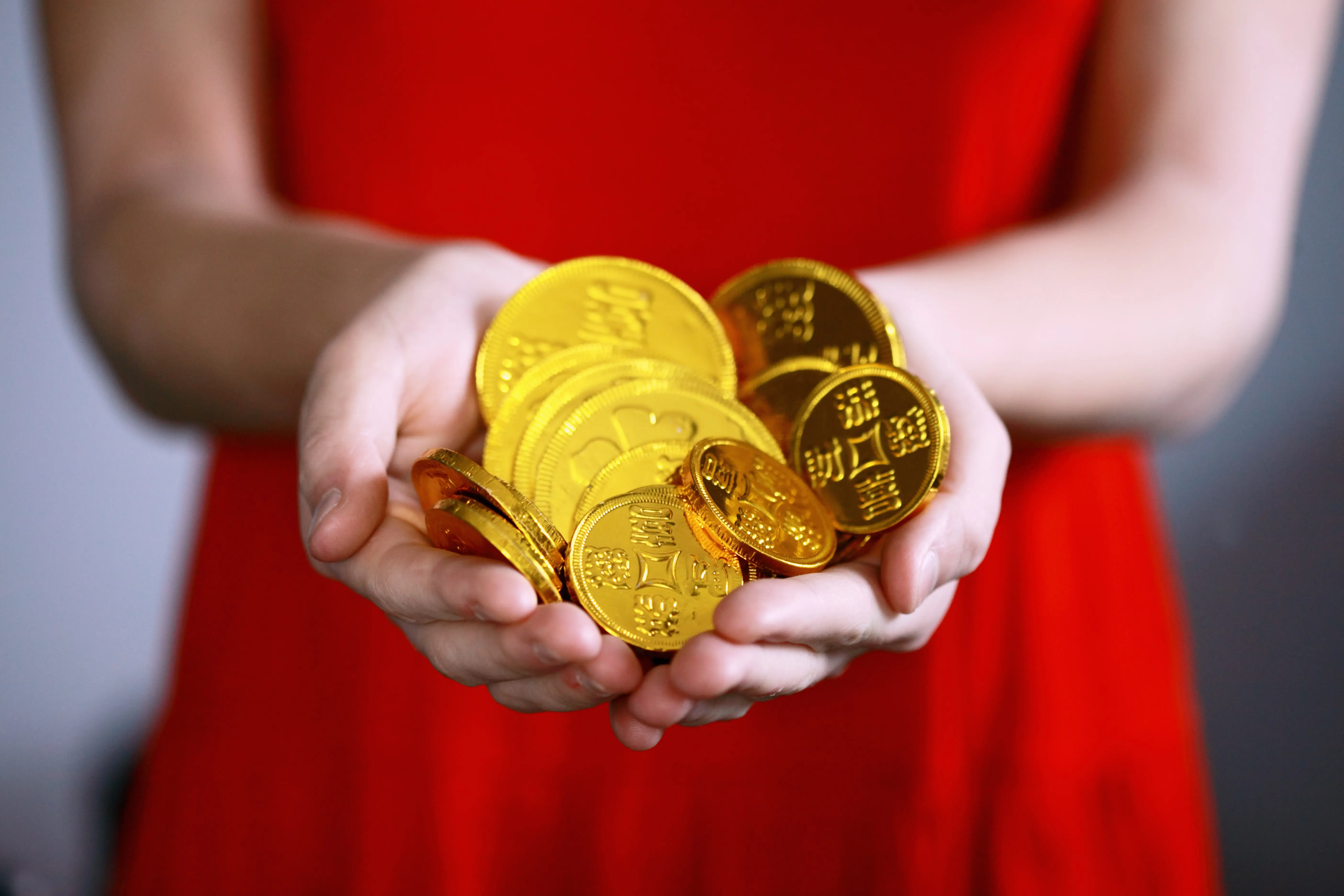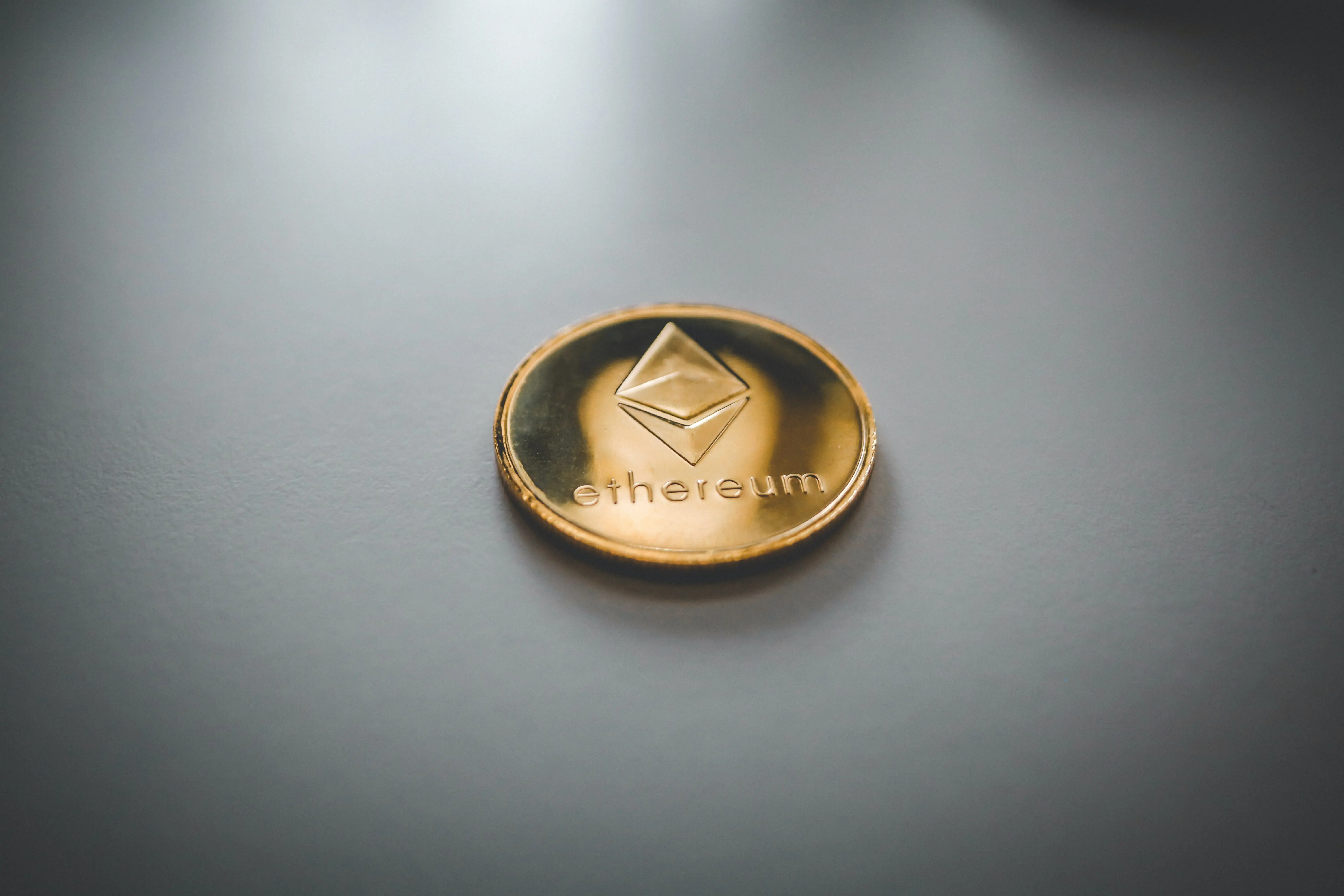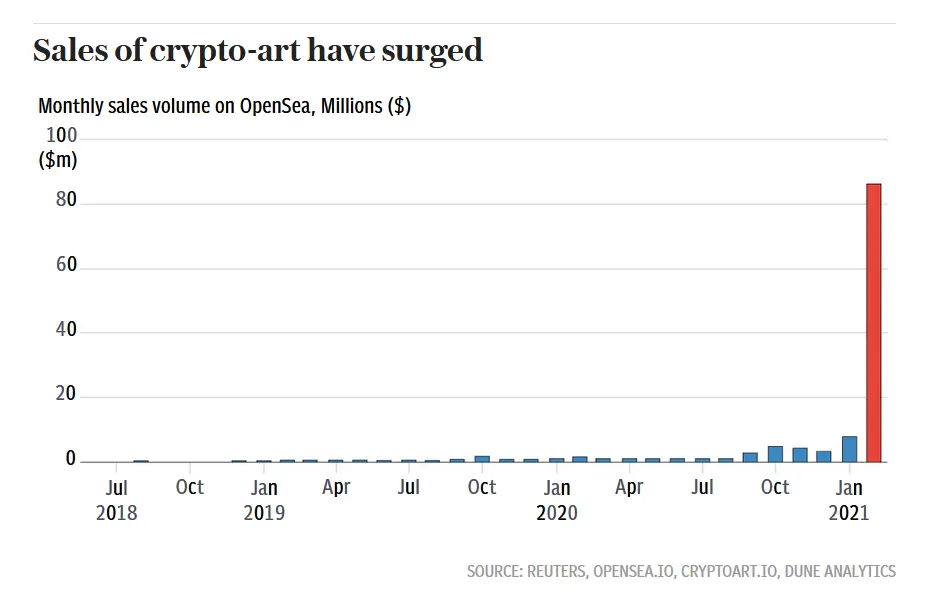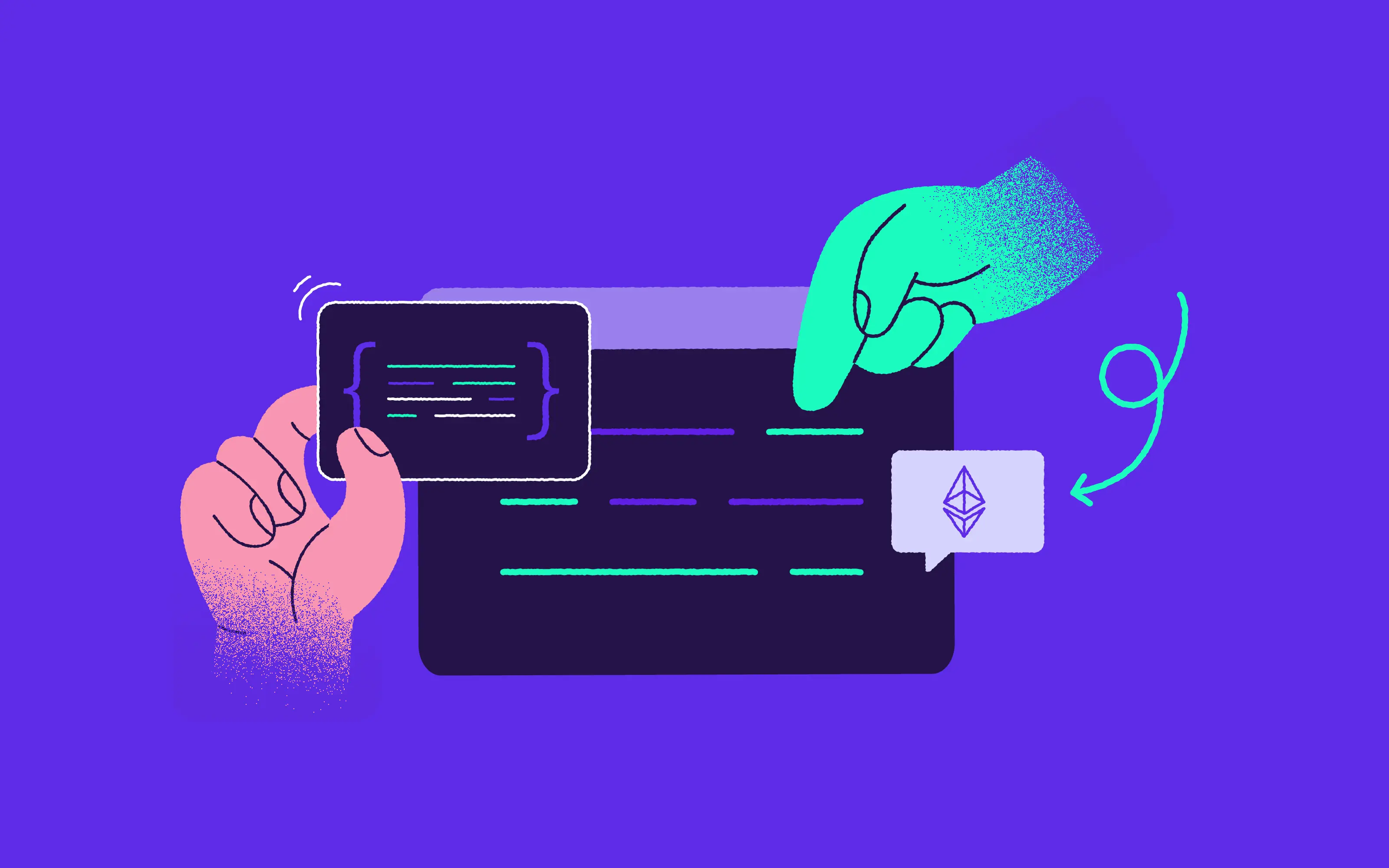
If you’ve been studying the news recently, you will have seen coverage of the meteoric rise of NFTs, which have taken the digital world by storm. Last week, a digital-only artwork sold at iconic London auction house Christie’s for staggering $69m. The strangest part? The winning bidder didn’t even receive a physical piece of art to take home with them. So what exactly are these mysterious NFTs and why is everyone talking about them? And is it a temporary craze that will be over before we know it? Or is it something that we should jump on top of?
What does NFT mean?
Non-fungible tokens are digital files whose unique identity and ownership are verified on a blockchain. The word ‘fungible’ in economics is an asset with units that are easily interchangeable, like money. But something that is non-fungible possesses unique properties, which means that it cannot be interchanged.
To put it more simply, NFTs are unique digital assets that can be bought and sold just like any other items, but they have no physical form. You might think of these digital tokens as certificates of ownership for such assets - almost like an autograph which proves authenticity. There is a growing market for NFTs, which are sold via specialized marketplaces. You can learn how such services operate - and how to spot a good one - in the article "Your recipe for a stellar NFT marketplace - the key ingredients".

How does the NFT system work?
As The Verge explains, “At a very high level, most NFTs are part of the Ethereum blockchain. Ethereum is a cryptocurrency, like bitcoin or dogecoin, but its blockchain also supports these NFTs, which store extra information that makes them work differently from, say, an ETH coin.”
Below are some of the unique qualities of NFTs which can help us understand how they work a little better:
Indivisible: NFTs cannot be split into smaller denominations. They exist as their own, complete and indivisible entity.
Easy to verify: For any given NFT, historical ownership data is stored on the blockchain, which means that everything can be easily tracked back to the original creator, allowing for very quick and easy authentication.
Difficult to destroy: Smart contracts are used to store all NFT data on the blockchain which means that each token is practically indestructible. It cannot be removed or duplicated. There’s also an important benefit here when it comes to ownership, because in means that gamers and collectors are the owners of their NFTs, rather than the original creators.

But how can you stop others from copying the artwork?
Ah, well here is the crux of the matter - you can’t, and you wouldn’t want to. In fact many NFTs have been copied and shared thousands of times. In fact, the artists or creators of the artwork can even continue to own the copyright ownership of their work so that they can use it to create copies. The owner of the NFT merely owns the ‘original’ version of it.
Is there money to be made?
Most definitely. The interest in NFTs has skyrocketed over the past few months and buyer interest has been fuelled by headlines of numerous seven figure sales. A yearly report by NonFungible.com, estimated that the overall NFT market was worth more than $250 million last year (up 299% from 2019) - and this was all before the recent peak in interest.

Recently, an animated Gif of Nyan Cat, a 2011 meme of a flying pop-tart cat, sold for more than $500,000. Shortly afterwards, musician Grimes got on the NFT goldrush, with the sale of around $6 million worth of digital artworks.The highest-selling piece was a one-of-a-kind video called “Death of the Old” which is set to an original song by Grimes. It was taken by the winning bidder for almost $389,000.
» Read more: Developing your NFT marketplace - why discovery phase is key?
So should you buy NFT art?
There are some obvious advantages to investing in NFTs, which might tempt you to invest.
A growth in value - this is the prime reason for investment. As Investortrend points out, “The reason most NFTs appreciate in value is because the NFTs are used in blockchain games and the games become more popular.” A good example of this is CryptoKitties, a blockchain game allowing players to create their own virtual cats. The cats are tokenized as NFTs, and some of these NFT cats considerably grow in value as the game becomes increasingly popular.
An obvious surge in the NFT market -As mentioned earlier, the NFT market continues to grow. It’s looking likely that blockchain games will continue to grow in popularity and this, as we know, is where NFTs play a critical role.
Owning something unique - NFTs are unique in their nature, and there’s something special about owning a piece of art that is like no other. This of course ties into the above mentioned benefit of profitability. That in itself makes your investment more interesting.

Are there any pitfalls?
There are some concerns around art fraud in the NFT world, first appearing on Rarible, an online NFT marketplace. A number of creatives decided to shut down their social media profiles, exchanging lists of accounts to block and tips on how to prevent counterfeiting.
There have also been reports of scammers purchasing adverts on Google searches for Metamask, a cryptocurrency wallet recommended by leading NFT exchanges, as well as Zapper, a crypto asset dashboard. The ads then click through to convincing fake websites which are designed to trick users into giving their passwords.
Added to this is the investment risk - remember that not every NFT will appreciate in value and that you might not necessarily find a buyer further down the line when you are looking to sell.
What does the future hold for NFTs?
At this stage we just don’t know. It might well be a bubble that will shortly burst, or it might be the next big thing in crypto. Hold onto your seats - it’s going to be an exciting ride!



